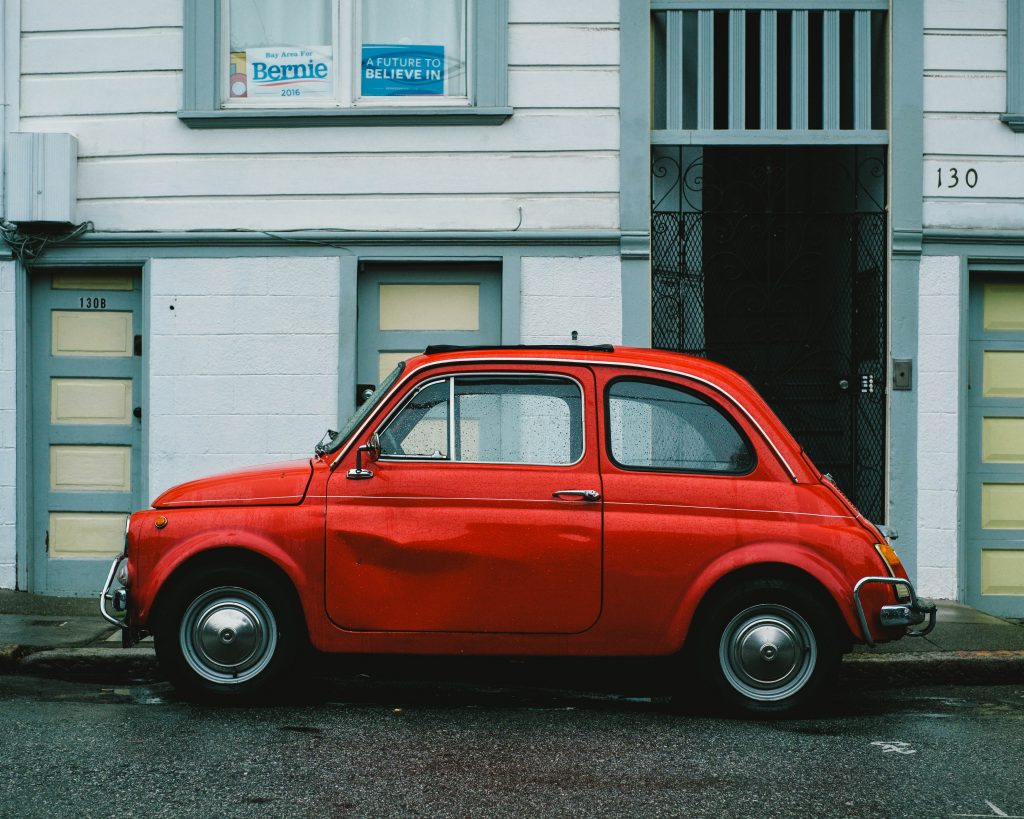“You’ve passed your test, congratulations!” – those are the words you have worked so hard to hear. You now have the freedom to get behind the wheel of your very own car.
But first, you need to find the right one to buy! Now, this isn’t always the easiest decision, and it’s not just the purchase you have to consider – you also need to factor in the insurance, running costs, road tax and any repair costs. With this in mind, here are the types of car you should be choosing after passing your test.
OLD VS NEW
Not everyone has the chance to buy a brand new car for their first car but it’s still worth looking into each. Buying a brand new vehicle will give you a lengthy warranty should anything go wrong – although the minute you drive your car away from the showroom and start to build up those miles it will gradually lose value.
A second-hand car will usually give you better value but there is always a risk of buying a car with problems, especially with a private seller.
SIZE
A general rule is the smaller the size, the smaller your costs will be. Parking and manoeuvres will be a lot easier in a smaller car compared to a family sized one but you should also ensure that is sturdy and feels safe. Test driving is a must when buying a car because this way you can get a real feel for how it handles and drives and how comfortable you are in it.
PETROL OR DIESEL?
Per litre, a diesel is more efficient than petrol. A diesel engine that is the same size as a petrol will be more economical, therefore a diesel seems to be the right choice – but they are often more expensive compared to petrol models. The type of fuel your car uses also impacts how much you pay for car tax – diesels typically cost more due to their high emissions.
Diesel cars have also come under fire recently for their poor effects on the environment with the Government now pushing to reduce how many we have in the country and imposing stricter regulations on diesel engines when they undergo an MOT. So, a petrol is probably the best choice – especially if you only do short drives.
ENGINE SIZE
Insurance is expensive enough for first-time drivers, so an engine over 1.2 is going to cost you an arm and a leg. 1-1.2 litres is more than enough for town, city and even motorway driving.
INSURANCE COSTS
Your insurance costs will depend on the specs of the car you have chosen. Insurance companies will take into account the size, make and model, as well as the age of the car. A car in a low insurance group will have a smaller, less powerful engine.
You may also be asked if your car has ever been modified. This includes replacing the exhaust system, installing a new sound system, engine chipping, raising or lowering of the vehicle, adding tinted windows or altering the bodywork. Any modifications to your car will have an impact on your insurance and must be disclosed.
For a new driver, black box insurance is definitely something to consider. It can significantly reduce how much you pay, as your driving is scored and the price of your insurance based on this. So the safer you drive, the less your insurance costs!
There you have it, the process of buying your first car broken down. Once you’ve got your tax and insurance sorted, you’re good to go!






